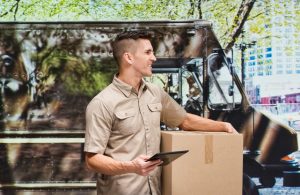 No retailer has expected Amazon to expand Same-Day Delivery as it has, revolutionizing e-commerce and business trends. Amazon’s precise and efficient logistical delivery systems has resulted in a higher shopper comfort level, causing the e-retailer to rapidly expand online. Its’ current same-day delivery program is now expanding also.
No retailer has expected Amazon to expand Same-Day Delivery as it has, revolutionizing e-commerce and business trends. Amazon’s precise and efficient logistical delivery systems has resulted in a higher shopper comfort level, causing the e-retailer to rapidly expand online. Its’ current same-day delivery program is now expanding also.
In a recent report by Forbes, Amazon has announced that it has officially launched free same-day delivery in 11 more US cities. Those major cities include Sacramento, Stockton, Charlotte, Cincinnati, Fresno, Louisville, Milwaukee, Nashville, Raleigh, Richmond, and Tucson. Prime members that place their orders by 12noon, will receive their items by 9pm the same day. The service is available 7 days a week also. Normally, same-day delivery will have a substantial window-time in order to make sure all deliveries are made on time. Yet, Amazon even has Prime Now, which delivers online purchases within two hours. The demographics and infrastructure of major US cities helps create effective same-day delivery programs like these.
The other previous cities that already have free same-day delivery include the San Francisco Bay Area, Seattle-Tacoma, Dallas-Fort Worth, San Diego, New York, Philadelphia, Indianapolis, Phoenix, Tampa Bay, Baltimore, Boston, Washington DC, Chicago, Atlanta, and Orlando. Amazon also rolled out free same-day delivery last year in 14 metropolitan cities the US, starting with California cities. The robust retailer has its’ sights on nationwide same-day delivery, and at this pace, Amazon will have it done within a few years.
Amazon Vice President of Prime Greg Greeley said in the article, “Prime was developed to make shopping on Amazon fast and convenient, and millions of members have used Prime FREE Same-Day Delivery to make their lives even easier. We keep making Prime better, and as our operational capabilities grow, we will continue to invent and expand delivery options that customers love.” The retail leader’s Prime fee can account for between $4 billion and almost $6 billion in revenue annually, based on estimates in the range of 40 million to 60 million members. It makes sense that Amazon is after making Prime bigger and bigger.
Earlier this year, Amazon even raised its’ minimum online order amounts for non-Prime members from $35 to $49 to qualify for free shipping. For about a decade, Amazon’s minimum order threshold was $25 until 2013, which when it first went up to $35. Now, it’s locked in at an even higher amount. The new threshold has been created in hopes to drive regular customers into being all in with Amazon and become actual Prime members. The annual fee from Prime assures Amazon of customer loyalty and revenue, along with whatever it makes from sales.
With online shopping is expected to reach $500 billion by 2018, retailers need to get on board with creating the omnichannels to link in-store to online sales via same-day delivery. Amazon is leading the way, as well as Google, Macy’s, and more. Several companies partner with an efficient Same-Day Courier like 1-800 Courier to implement same-day delivery. The Sacramento Courier is well-known for being able to launch massive roll-outs of the service on a national scale. 1-800 Courier has the courier expertise and technology that retailers are after to build a successful platform for same-day services.
Reference: 4.8.16,www.forbes.com, Amit Chowdhry, Amazon Adds 11 More Cities To Same-Day Delivery Service

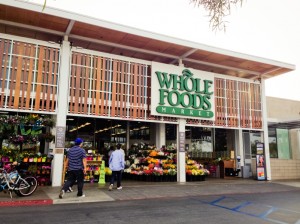
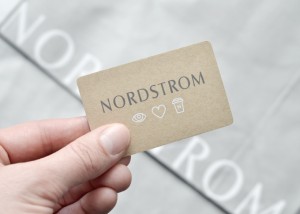
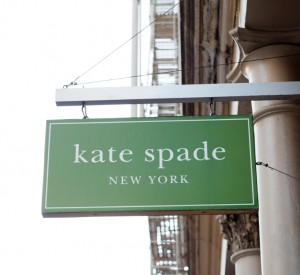
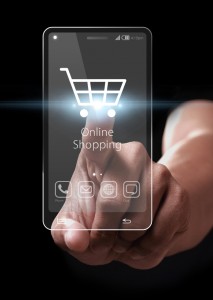
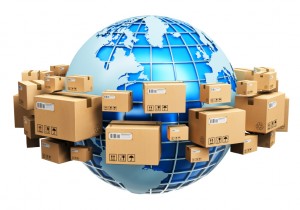
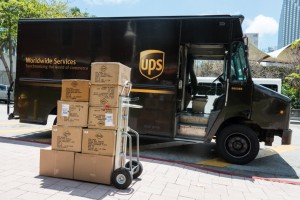
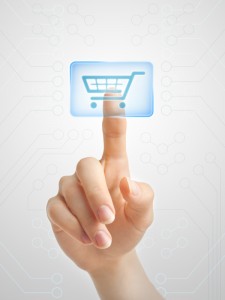
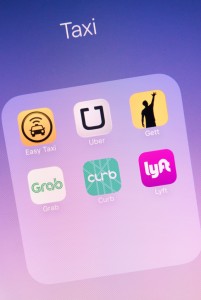
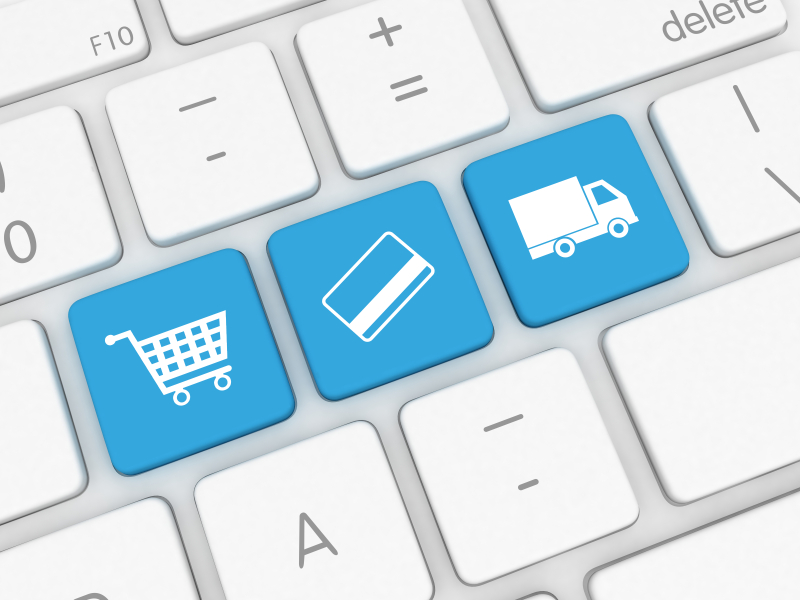 It’s time for online shopping to become more of staple in the business world and the numbers show it. Retailers in the US are going forward with innovation and strategy to take e-commerce higher, yet the driver behind it all is the shopper demand. Internet Retailer has reported that shopper demand is not only growing in US, but also abroad in Europe.
It’s time for online shopping to become more of staple in the business world and the numbers show it. Retailers in the US are going forward with innovation and strategy to take e-commerce higher, yet the driver behind it all is the shopper demand. Internet Retailer has reported that shopper demand is not only growing in US, but also abroad in Europe.